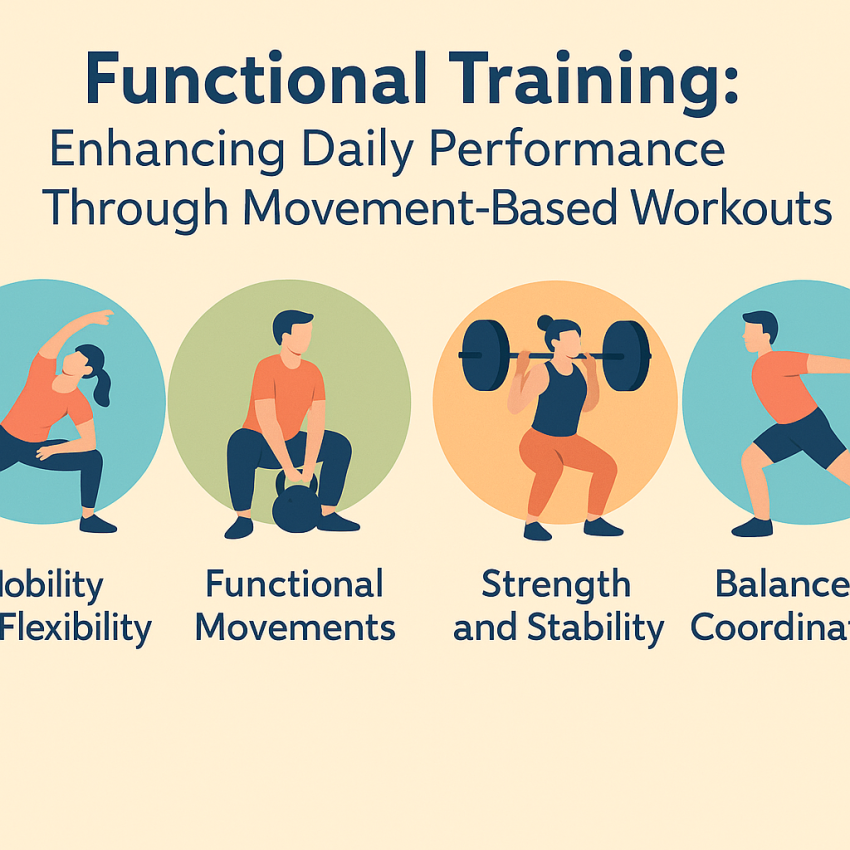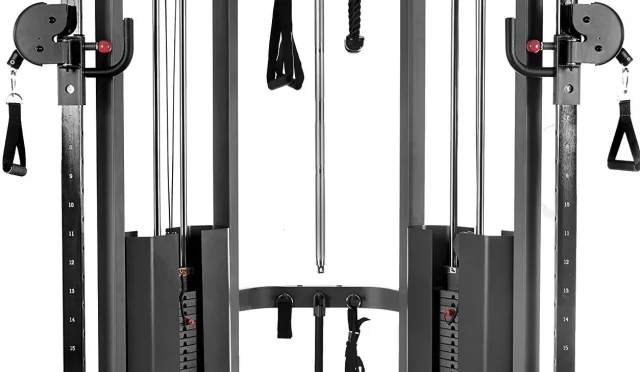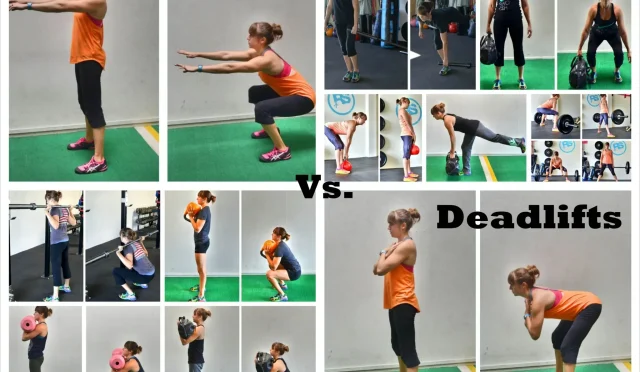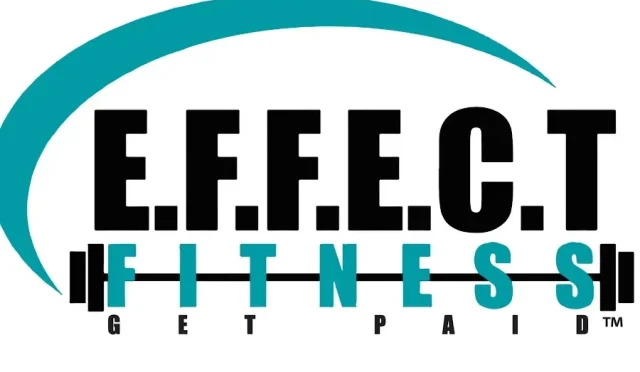Functional Training: Enhancing Daily Performance Through Movement-Based Workouts
Functional training is a type of exercise that prepares the body for real-life movements and activities. Unlike traditional weight training that focuses on isolated muscle groups, functional workouts emphasize multi-joint movements that improve balance, coordination, strength, and flexibility. As modern lifestyles become increasingly sedentary, functional training has emerged as a crucial method to enhance daily performance, prevent injury, and maintain lifelong fitness.
Understanding Functional Training
Functional training involves exercises that mimic everyday actions—like squatting, lifting, pushing, pulling, and rotating. These movements help train your muscles to work together efficiently and reduce the risk of injury during day-to-day activities.
Key Benefits:
- Improves core strength and stability
- Enhances joint mobility and flexibility
- Supports injury prevention
- Increases muscle coordination
- Promotes better posture and movement patterns
The Science Behind Functional Training
Functional fitness is rooted in biomechanics. It targets muscles in a coordinated way to replicate natural human movement. Exercises often integrate:
- Multi-plane movements (sagittal, frontal, transverse)
- Closed-chain exercises like squats or pushups
- Equipment like resistance bands, medicine balls, kettlebells
Core Components of a Functional Training Routine
1. Warm-Up and Mobility Work
Start with dynamic stretches and foam rolling to activate muscles and loosen joints.
2. Compound Movements
Use exercises like deadlifts, lunges, and pull-ups that engage multiple muscle groups.
3. Balance and Stability Drills
Incorporate single-leg movements and stability ball exercises.
4. Rotational Training
Twisting and turning mimics real-life movement patterns and engages the core.
5. Cardio Integration
Short bursts of high-intensity exercises (e.g., jump squats or burpees) increase endurance.
Best Functional Exercises to Try
- Squats (Bodyweight or with weights)
- Deadlifts
- Step-Ups
- Kettlebell Swings
- Medicine Ball Slams
- Push-Ups and Pull-Ups
- Farmer’s Carries
- Planks and Side Planks
These exercises challenge balance, coordination, and muscle engagement, making them ideal for full-body functionality.
Who Should Do Functional Training?
Functional training is suitable for:
- Athletes seeking performance improvements
- Seniors aiming to improve daily mobility
- Office workers countering the effects of sitting
- Anyone looking to move better and feel stronger
Common Functional Training Mistakes to Avoid
- Skipping the warm-up
- Poor form and technique
- Over-reliance on machines instead of free weights
- Ignoring recovery and rest days
- Neglecting mobility work
Creating a Weekly Functional Training Plan
| Day | Focus |
|---|---|
| Monday | Full-body strength |
| Tuesday | Mobility and stability |
| Wednesday | Rest or light cardio |
| Thursday | Rotational training + core |
| Friday | Power and agility drills |
| Saturday | Endurance functional circuit |
| Sunday | Rest and recovery |
Functional Training vs Traditional Gym Workouts
| Functional Training | Traditional Workouts |
| Multi-joint, real-life movements | Isolated, machine-based moves |
| Emphasizes balance & core | Focuses on muscle size |
| Uses free weights & bodyweight | Uses machines primarily |
| Improves daily functionality | Improves aesthetics |
Conclusion: Movement for Life
Functional training is not just a trend—it’s a transformative approach to fitness that improves how we move, work, and live. By integrating purposeful movements into your exercise routine, you build a stronger, more resilient body ready for everyday challenges. Whether you’re an athlete or someone seeking better mobility, functional training can elevate your physical potential.
#FunctionalTraining #MobilityMatters #TrainForLife #StrengthAndStability #MovementMedicine







